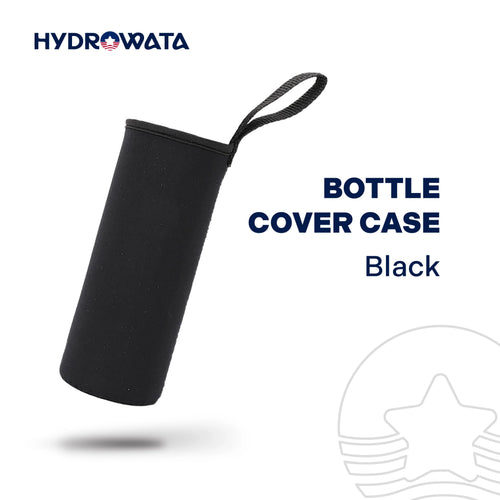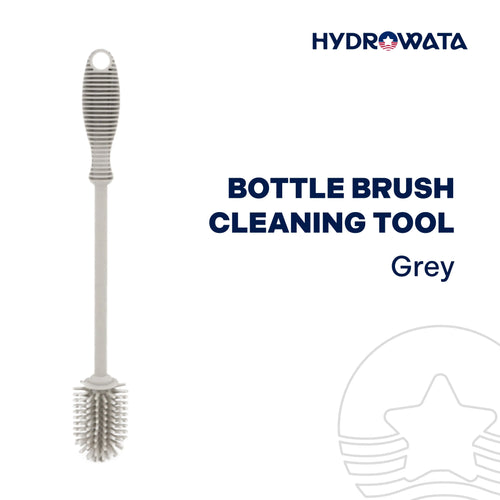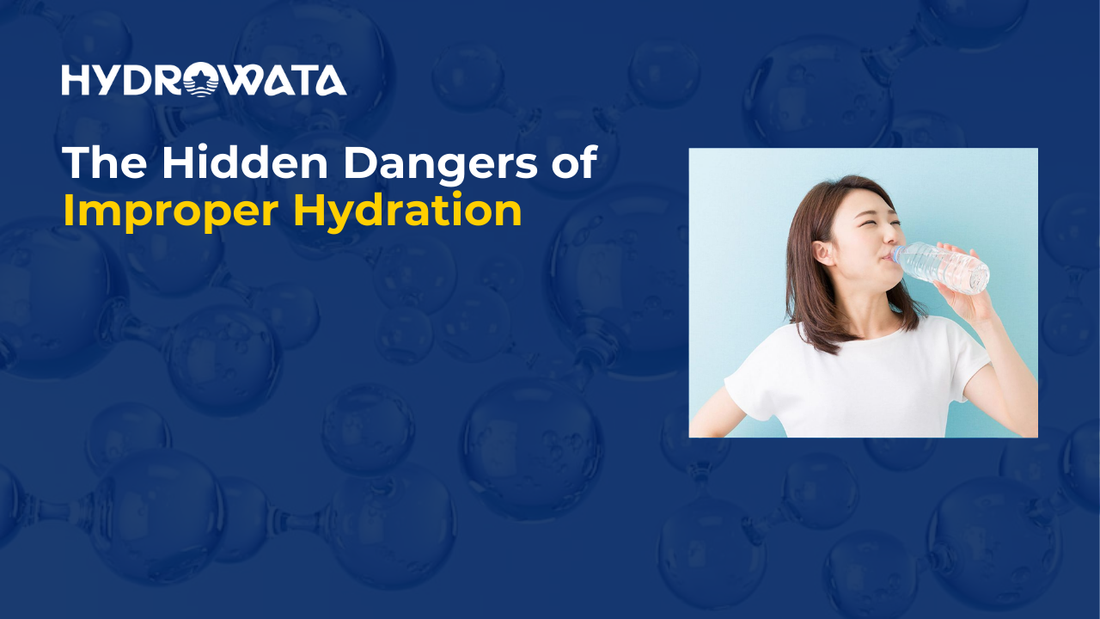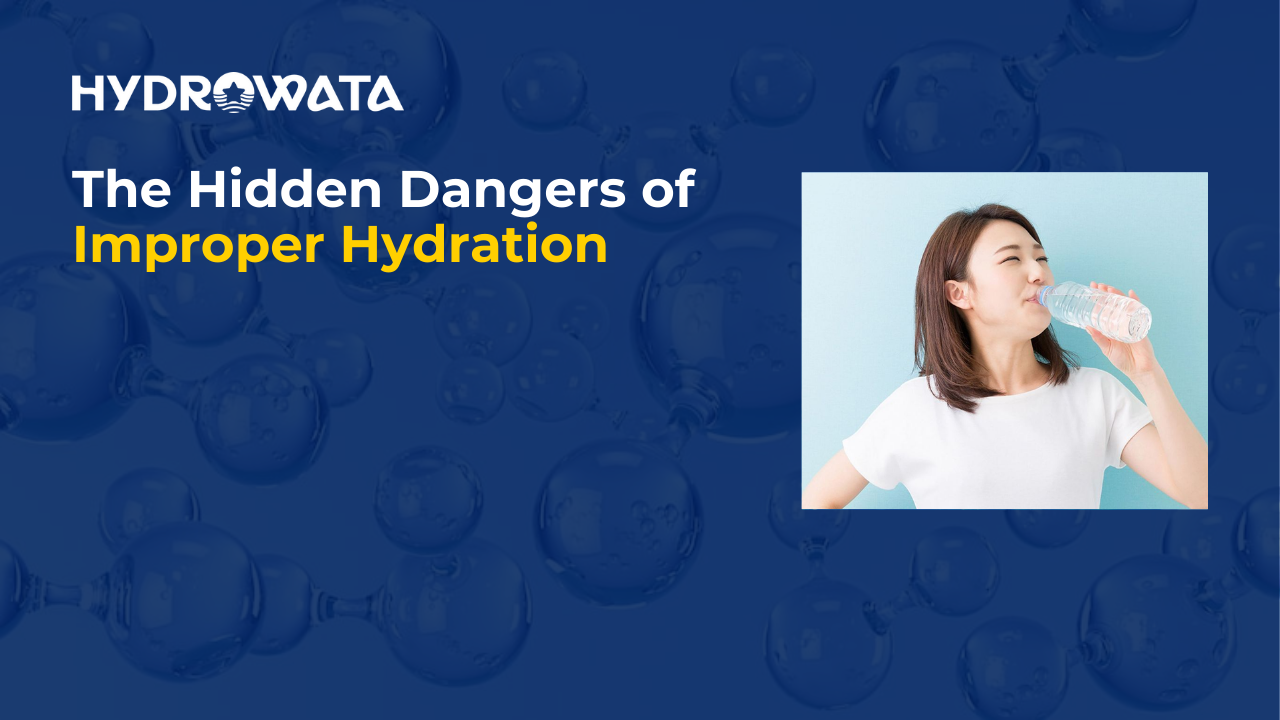Hydration is essential for life, yet many people struggle to drink the right amount of water. Too little can lead to dehydration, causing symptoms from headaches to serious health issues. Too much can result in overhydration, diluting vital electrolytes and even causing hyponatremia. Understanding the balance between these extremes is key to optimal health.
This guide will explain what proper hydration means, the hidden dangers of underhydration and overhydration, and how to find your ideal fluid intake. You’ll discover practical prevention strategies, including tips to stay hydrated and avoid drinking excess water. Let’s dive in and keep your hydration balanced.
Understanding Proper Hydration

Proper hydration means supplying your body with enough fluids to support essential functions. Water acts as a lubricant for joints, maintains body temperature, helps circulate nutrients, and removes waste through urine and sweat. On average, about 20% of daily fluid intake comes from food, with the remaining 80% from beverages. Adequate hydration supports digestion, cushions organs, protects tissues, and aids in cognitive performance.
General guidelines often suggest drinking eight 8-ounce glasses of water a day—about 2 liters or half a gallon—but individual needs vary. Factors such as body weight, activity level, ambient temperature, and dietary intake influence total fluid requirements. For instance, athletes or people in hot climates may need significantly more water, while those consuming hydrating foods like fruits and vegetables may need slightly less.
Listening to your body’s signals is crucial. Thirst indicates a mild fluid deficit, while monitoring urine color—pale straw indicates good hydration; dark yellow suggests you need more fluids—provides a simple, reliable check NIH News in Health. By combining general guidelines with self-monitoring, you can maintain optimal hydration to support health, energy, and overall well-being.
Dangers of Underhydration

Underhydration, or dehydration, occurs when fluid loss exceeds intake. Mild dehydration can impair mood and concentration, while severe dehydration is a medical emergency marked by confusion, rapid heartbeat, and fainting. The body loses water through normal processes—urination, sweating, and breathing—and additional losses during illness or intense exercise increase risk.
Causes and Risk Factors
Heat exposure, vigorous exercise, fever, vomiting, and diarrhea accelerate fluid loss. Children, older adults, and individuals with chronic illnesses or taking diuretics are especially vulnerable to dehydration.
Symptoms and Early Warning Signs
Initial signs include dry mouth, thirst, and reduced urine output. As dehydration worsens, you may experience dizziness, headache, muscle cramps, and dark yellow urine. Severe cases lead to rapid heartbeat, sunken eyes, and lack of sweating despite heat.
Health Consequences
Even mild dehydration can impair cognitive function, mood, and physical performance. Chronic underhydration increases the risk of kidney stones, urinary tract infections, and constipation. In extreme heat or during intense exercise, dehydration can progress to heat exhaustion or life-threatening heat stroke—characterized by body temperature above 104°F and neurological symptoms.
Long-Term Effects
Repeated dehydration episodes may contribute to chronic kidney disease and exacerbate existing cardiovascular conditions. Maintaining consistent fluid balance is crucial to prevent these long-term complications.
Dangers of Overhydration

Overhydration, or water intoxication, occurs when excessive fluid intake dilutes blood sodium levels, leading to hyponatremia. This imbalance can cause cells to swell, affecting brain, muscle, and heart function.
Causes and Risk Factors
Endurance athletes “water-chugging” contests, impaired kidney function, and overzealous fluid consumption are common culprits. Infants fed overly diluted formula or large volumes of water are also at risk.
Symptoms and Warning Signs
Early symptoms include nausea, headache, confusion, and lethargy. Swelling of the hands, feet, and brain can progress to seizures, coma, and respiratory arrest in severe cases.
Health Consequences
Hyponatremia may lead to muscle cramps, weakness, and brain swelling; hospitals report fatalities when sodium levels drop below 120 mmol/L. Heat-related overhydration can mimic heat stroke, complicating diagnosis and treatment.
At-Risk Populations
Marathon runners, military trainees, and those with psychiatric conditions causing compulsive water drinking face elevated risks. Healthcare providers emphasize balanced fluid intake over force-drinking regimes to prevent these dangers.
Balancing Hydration: Finding the Right Intake
Maintaining fluid balance means matching water intake to losses from sweat, urine, and respiration. General guidelines—around eight 8-ounce glasses a day—apply to most healthy adults, but individual needs vary. A more personalized approach uses body weight: aim for roughly half your weight in ounces of water daily.
Monitor your hydration status by checking urine color—pale straw yellow indicates adequate hydration, while darker hues signal a need for more fluids. Adjust intake upward in hot weather or during prolonged exercise: for every 20 minutes of activity, drink 6–12 oz for adults and 3–8 oz for children. Balance fluids with electrolytes by consuming sports drinks or adding a pinch of salt when sweating heavily, ensuring both water and salt levels stay in harmony.
Prevention Strategies
Keeping your body in the “just right” hydration zone means both drinking enough water and avoiding too much. The best approach combines easy daily habits—like carrying a water bottle and setting reminders—with smarter choices—such as eating water-rich foods and balancing electrolytes.

You can also upgrade plain water to a functional drink with tools like the HydroWata Hydrogen Water Bottle, which infuses your water with antioxidant hydrogen for added recovery and focus benefits. Below are clear, simple tips to both prevent dehydration and steer clear of overhydration.
Tips to Avoid Dehydration

1. Carry a Reusable Bottle
Keep a filled reusable bottle at your desk, in your car, and in your bag so you can sip throughout the day.
2. Set Hourly Reminders
Use phone alarms or hydration apps to prompt you to drink small amounts every hour; this prevents waiting until you’re already thirsty.
3. Start with a Morning Glass
Drinking 8–12 oz of water immediately upon waking helps jump-start your metabolism and rehydrates you after a night’s sleep.
4. Include Water-Rich Foods
Snacking on watermelon, cucumbers, and berries—items over 90% water—contributes extra fluids plus vitamins and fiber.
5. Pre-Hydrate Before Exercise
Drink 16 oz about an hour before workouts, then 4–8 oz every 15–20 minutes during activity to match sweat losses and maintain performance.
6. Replenish Electrolytes
After intense exercise, restore sodium and potassium with coconut water or a balanced electrolyte drink to help your body retain fluids.
7. Flavor Your Water
Add lemon, mint, or berries to your bottle for a refreshing twist that makes you more likely to drink.
8. Use a Quality Filter
Filtering tap water with Brita® or PUR removes chlorine taste and contaminants, making water safer and more appealing .
9. Monitor Urine Color
Aim for light yellow to clear; darker shades mean you need more fluids.
10. Try a HydroWata Hydrogen Water Bottle
This portable device infuses regular tap water with hydrogen gas—an antioxidant shown to reduce inflammation, support recovery, and boost focus—making hydration both functional and delicious.
Tips to Avoid Overhydration

1. Drink to Thirst
Thirst is a reliable indicator; avoid forcing extra cups when you’re not thirsty.
2. Follow Activity-Specific Guidelines
For endurance events, balance water with sports drinks containing sodium to prevent hyponatremia.
3. Limit Excessive Pre-Loading
Drinking more than 24 oz right before intense exercise can overwhelm your system. Aim for 16 oz an hour before, then sip during activity.
4. Include Electrolytes in Hot Climates
High sweat rates require sodium and potassium to maintain fluid balance; plain water alone can dilute these key ions.
5. Avoid “Water Chugging” Contests
Rapid ingestion of large volumes overwhelms kidney excretion rates and increases hyponatremia risk.
6. Watch for Early Symptoms
Headache, nausea, or swelling in hands and feet signal overhydration—reduce intake immediately.
7. Be Cautious with Infant Feeding
Never give infants free water or overly dilute formula; follow pediatric guidelines to prevent solute-free water overload.
8. Monitor Sodium Levels if Medicated
Diuretics and certain psychiatric medications can alter fluid balance; consult your doctor for personalized fluid recommendations.
9. Balance with Solid Foods
Eating salty snacks like pretzels or nuts along with water helps maintain sodium levels during heavy fluid intake.
10. Seek Medical Advice if Uncertain
If you experience confusion, seizures, or vomiting, seek immediate medical attention—these may indicate severe hyponatremia.
Conclusion
Finding the right hydration balance means neither ignoring thirst nor forcing excess water. By tailoring your intake to your weight, activity level, and environment—and by being mindful of both dehydration and overhydration—you safeguard your body and mind from hidden dangers.
Simple prevention strategies, like carrying a refillable bottle, checking your urine color, and replenishing electrolytes, keep you consistently in the “just right” zone. For an extra boost, try the HydroWata Hydrogen Water Bottle, which infuses your drink with antioxidant-rich hydrogen to support recovery, focus, and overall well-being. With these easy habits and tools, you’ll maintain energy, enhance performance, and support long-term health with every sip.
FAQs
1. What is hydrogen water?
Hydrogen water is water infused with extra molecular hydrogen gas, acting as a selective antioxidant that neutralizes harmful free radicals without altering beneficial oxygen species.
2. How do I make hydrogen water at home?
Use a hydrogen water generator or a device like the HydroWata Hydrogen Water Bottle, which bubbles hydrogen gas into your water in minutes.
3. Is hydrogen water safe to drink daily?
Yes. Clinical studies report no significant adverse effects, and daily consumption of 8–16 oz is generally well tolerated.
4. Can hydrogen water replace electrolytes?
No. Hydrogen water provides antioxidant benefits, whereas electrolytes (sodium, potassium) support fluid balance and nerve function. Use them together for optimal hydration.
5. Does hydrogen water taste different?
Hydrogen water tastes virtually the same as regular water, with a mildly smoother mouthfeel and no added flavor.





